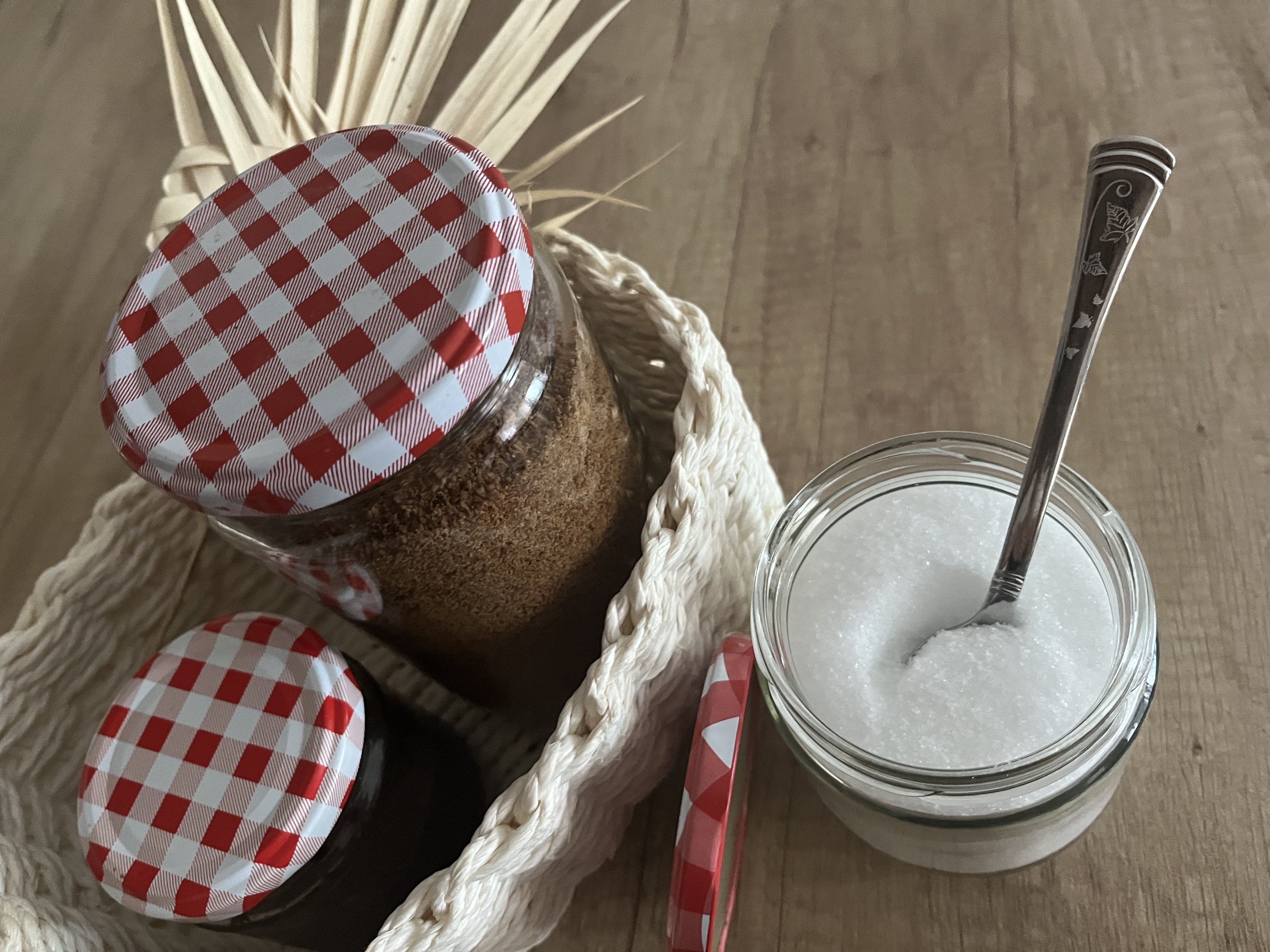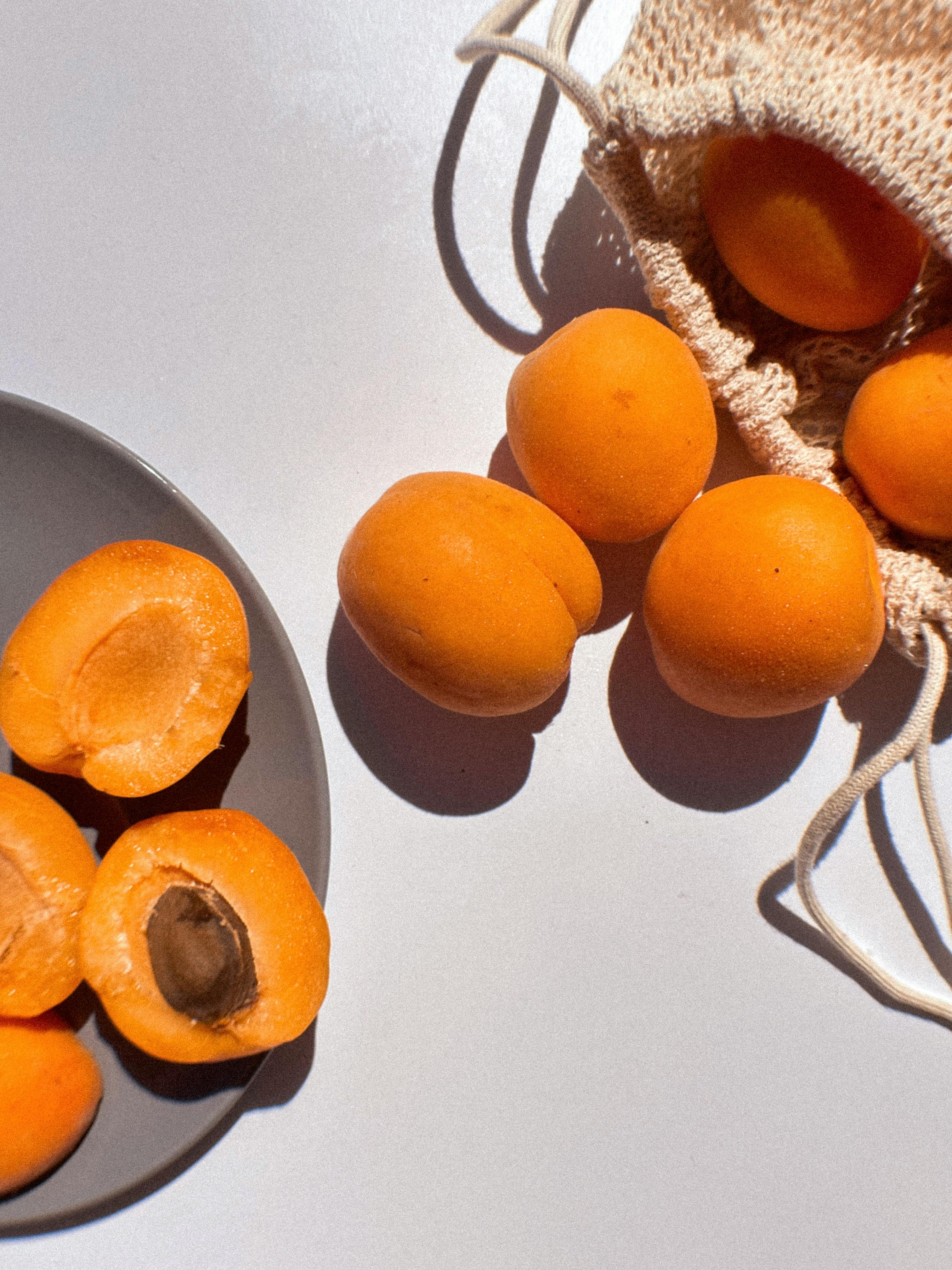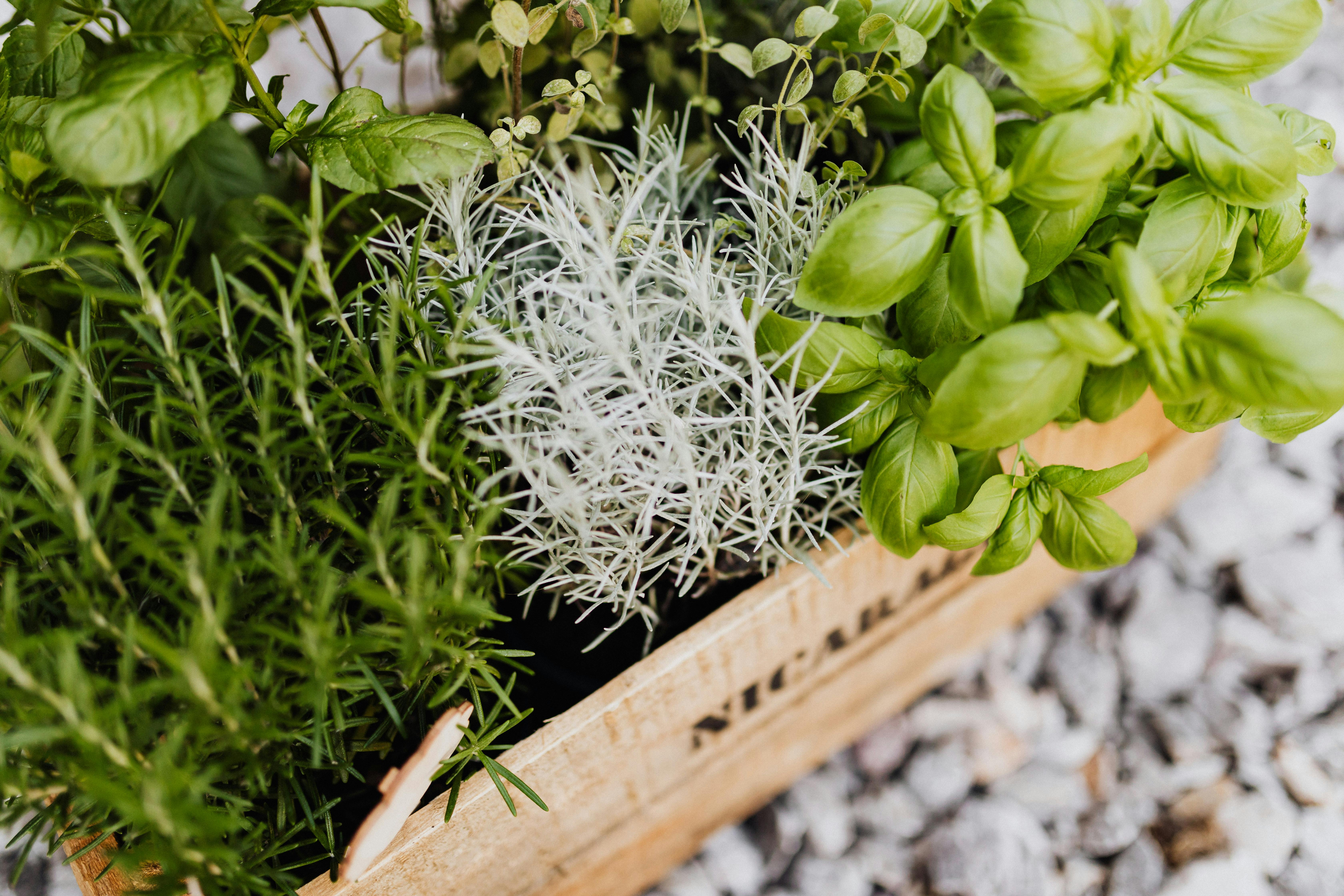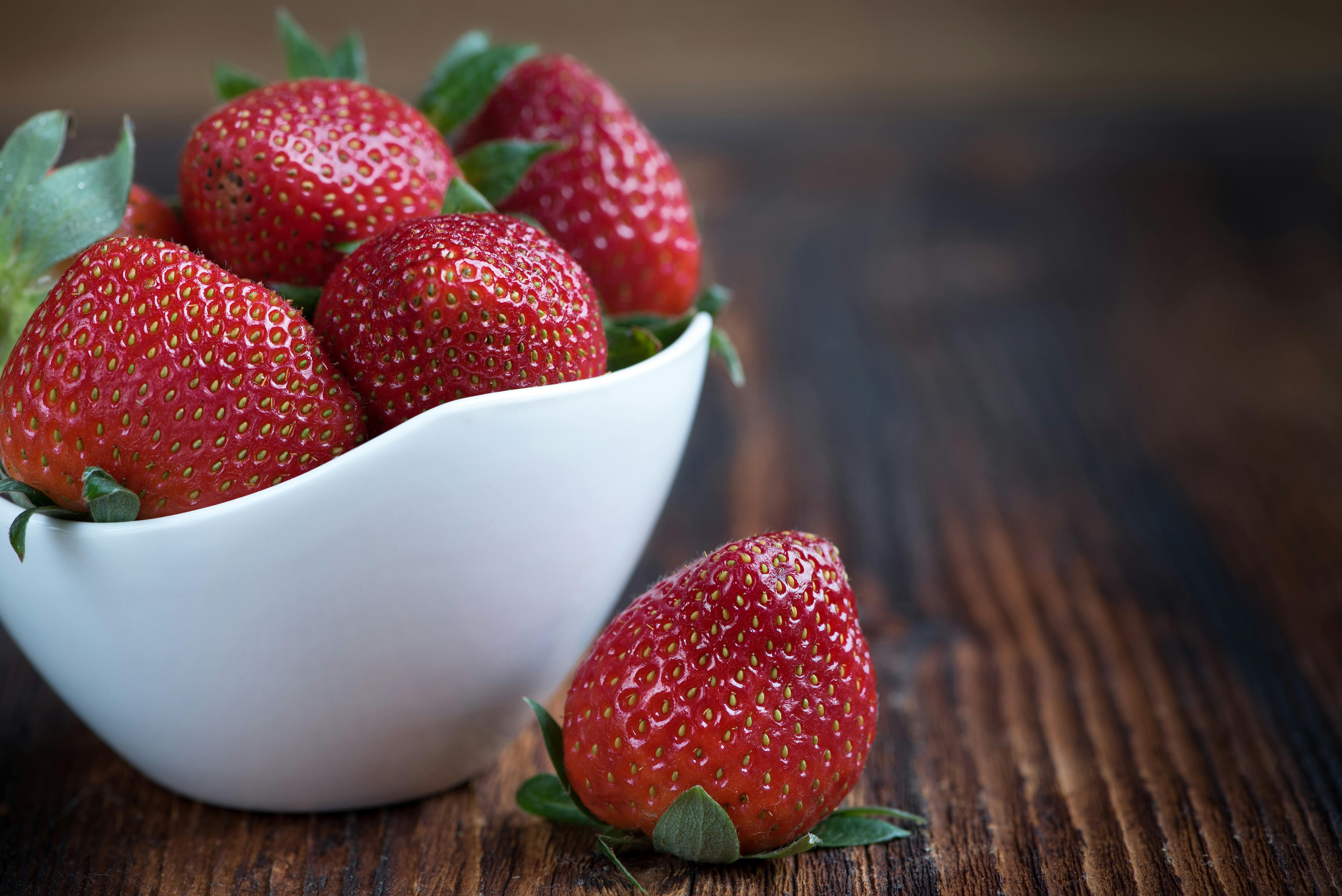 |
Nature’s Dessert Cookbook: Healthy, Delicious & Naturally Sweet Recipes Don’t want or can’t tolerate sugar alcohols and artificial sweeteners? This cookbook is for you! Every dessert is naturally sweetened with whole ingredients rich in fiber and protein, slowing sugar absorption and making them diabetic-friendly. It gathers your favorite recipes from the website—plus brand-new ones—all in one convenient place. Indulge in truly natural treats without compromise! |
 |
Diabetic Baked Goods: Everyday Bakes for Every Meal Diabetic cookbook designed to make healthy baking simple, accessible, and enjoyable. This collection of low-carb, high-fiber, and protein-rich recipes provides a reliable solution for those looking to enjoy diabetic bread and baked goods without blood sugar spikes. Every recipe includes a video tutorial, making it even easier to follow along and bake with confidence! |
 |
What Makes This Cookbook Different?
|
What is Xylitol? Exploring Its Benefits and Uses
When it comes to managing diabetes, choosing the right sweetener can make a significant difference in controlling blood sugar levels. Among others I use xylitol, commonly known as birch sugar, when preparing desserts for my diabetic child and my family.
In this article, I will discuss why I use xylitol1 in combination with other sweeteners. While I value the benefits of xylitol, I am careful not to overuse it when making sweets for my family and me.
What is Xylitol?
Xylitol is a natural sweetener found in small amounts in various fruits and vegetables. It is extracted primarily from birch trees or corn cobs, giving it its name, birch sugar.
What is xylitol?2 It is a sugar alcohol that has a similar sweetness to regular sugar but with significantly fewer calories, making it a low-calorie sweetener.
Discover the Sweet Benefits
One of the standout benefits of xylitol is its low glycemic index of 7, which is much lower than that of refined sugar, which has a glycemic index of around 60-70. A low glycemic index means that xylitol causes a slower, lower rise in blood glucose levels. This feature makes it a perfect alternative for diabetics who need to manage their blood sugar carefully.
Xylitol also has fewer calories than regular sugar, with about 2.4 calories per gram compared to sugar's 4 calories per gram. This makes it a popular choice for those looking to reduce their calorie intake without compromising on sweetness. As a low-calorie sweetener, xylitol allows my family to enjoy a variety of desserts without the extra calories that come with traditional sugar.
But what is xylitol, beyond just being a sweetener with fewer calories? It is a compound that offers several health benefits beyond diabetes management. Xylitol doesn't just sweeten our lives; it also supports oral health. Unlike sugar, which promotes the growth of cavity-causing bacteria, xylitol inhibits bacterial growth in the mouth, reducing the risk of tooth decay and cavities.
Incorporating xylitol into our diet has also been positive for digestion. While it's recommended to limit xylitol intake to up to 50 grams per day to avoid digestive discomfort, this quantity is usually more than sufficient, especially when combined with other sweeteners. In my experience, we've never faced issues with its consumption in our household.
Xylitol also has prebiotic properties, meaning it promotes the growth of beneficial gut bacteria. This helps maintain a healthy digestive system, which is crucial for overall well-being.
My Journey with Xylitol
My journey with xylitol began when I was looking for an alternative to sugar that could provide the same convenience and sweetness in our desserts.
I often combine xylitol with other sweeteners to achieve the desired taste in various recipes. This flexibility makes xylitol a versatile ingredient because its neutral taste ensures that it blends seamlessly into desserts, providing the sweet flavor we love without any unpleasant aftertaste.
There is another important reason why I mainly combine xylitol with other sweeteners. Xylitol can cause negative side effects, such as bloating and even diarrhea in some people. Although the recommended amount is more than sufficient for safe consumption in the desserts I make, I prefer to play it safe and reduce the dose as much as possible.
This sometimes means combining xylitol not only with fruit, which is a natural and safe sweetener, but also with coconut sugar, which has a less favorable effect on blood sugar levels. From experience, I can say that this method works well for us.
The potential drawbacks of xylitol can be mitigated by other sweeteners, just as xylitol can offset the downsides of coconut sugar. This way, I aim to achieve a balance, leveraging the benefits of the sweeteners I use while minimizing their negative aspects.
Aside from its direct benefits, using xylitol also aligns with our family’s goal of leading a healthier lifestyle. By reducing sugar intake, we’ve been able to manage our weight better and maintain a balanced diet.

For those considering the use of birch sugar, you can replace white sugar in any recipe at a 1:1 ratio. However, I recommend combining it with other sweeteners. You can experiment with different ratios of various sweeteners, and in my experience, there are almost no limitations. The only thing to watch for is whether another sweetener might color or darken the cream or sponge cake. Although sometimes, that’s exactly what I want.
Moreover, I’ve found that desserts made with xylitol are not only healthier but also just as delightful in taste and texture as those made with regular sugar. This ensures that my family doesn't feel like they're missing out on the sweet treats they love, making our dietary changes sustainable in the long term.
The ease of sourcing xylitol has also been a boon. It’s readily available in many grocery stores and online, making it convenient to incorporate into our regular shopping routine.
In conclusion, xylitol stands out as a good sugar alternative when used in moderation for those managing diabetes and for anyone seeking healthier, sugar-free desserts. Its low glycemic index, fewer calories, and added health benefits make it a valuable choice for our family's sweet treats.






